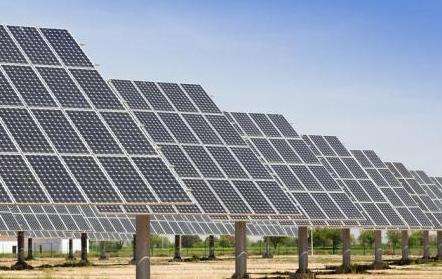Please look carefully:
The most basic way to reduce generator noise is to start with the sound source and use some conventional noise reduction technologies such as mufflers, sound insulation, sound absorption, vibration isolation, etc. This is the most effective method.
1. Reduce exhaust noise. Exhaust noise is the main source of noise from the unit. It is characterized by high noise level, fast exhaust speed and difficult management. Using a special impedance-type composite silencer can generally reduce exhaust noise by 40-60 dB(a).
2. Reduce noise from axial flow fans. When reducing generator cooling fan noise, two issues need to be considered. One is the allowable pressure loss in the exhaust channel. The second is the quanrequired noise reduction. For both points above, resistive chip silencers can be used.
3. Sound insulation, sound absorption treatment and vibration insulation of the engine room
(1) Sound insulation of the engine room. After the unit's exhaust noise and cooling fan noise are reduced, the main source of noise remaining is electrical and mechanical noise. The method adopted is to remove all windows except the necessary interior wall observation windows connected to the observation room, all holes and holes must be sealed tightly, and the sound insulation of the brick wall must be greater than 40 dB (a). The doors and windows of the computer room adopt fireproof and soundproof doors and windows.
(2) Air intake and exhaust. After the sound insulation treatment of the computer room, the probleme ventilation and heat dissipation in the computer room must be resolved. The air inlet must be placed on the same straight line as the engine block and the air exhaust outlet. The air inlet must be equipped with a resistive piece silencer. Since the pressure loss at the air inlet is also within the allowable range, the air volume entering and leaving the engine room can be naturally balanced, and the ventilation and heat dissipation effect is obvious.
(3) Sound absorption treatment. All five walls of the engine room, except the floor, can be treated with sound absorption. According to the spectral characteristics of the drive unit, a perforated plate resonance sound absorption structure is used.
(4) Interior air exchange and good sound insulation of the engine room will prevent the air in the room from convection when the engine block isstopped, and the high temperature in the room will not be lowered in time. The problem can be solved by using a low noise axial flow fan and resistive chip silencer.
(5) Vibration isolation of the unit. Before installation of the engine block, vibration isolation treatment should be carried out in strict accordance with the relevant information provided by the manufacturer in order to avoid long-distance transmission of structural noise and continuous radiation of airborne noise during propagation, making it impossible to obtain noise levels at the plant boundaries. For existing generator sets that require treatment due to exceeding standards, ground vibration conditions near the unit should be measured. If the vibration is obvious, the generator set should first be subjected to vibration isolation treatment.
If my answer can help you, vPlease accept it!
The diesel generator silencer is developed based on the principle of composite silencer of resistance, injection and resistance. It has the characteristics of large sound attenuation, small size, light weight and. the muffler tube is made of stainless steel, it is not easy to corrode and has the advantages of easy installation. The sound wave is attenuated through the expansion cavity and the perforated plate, so that the sound is transformed into thermal energy and disappears. The principle is mainly to adopt multi-stage throttling and pressure reduction. After checking the flow rate in the silencer, the level is high. -pressurized steam enters the pressure reducing body and thus undergoes a large volume expansion. A weak steam is formed and then ejected. During this process, the internal energy of the airflow is partially convertederted in sound energy of a certain frequency, and the noise is considerably attenuated. In an ejection and mixed flow silencer shell, 2 to 4 energy dissipators. are arranged in the center. The sound-absorbing liner can move vertically and horizontally between the liner shells to absorb thermal expansion of the exhaust pipe. A double-layer sound-absorbing cover is designed outside the pressure reducing body.
A silencer is a device that blocks the propagation of sound and allows air flow to pass. This is an important measure to eliminate dynamic noise caused by steam emissions. To measure the quality of an exhaust silencer, we mainly consider the following three aspects:
1. The noise reduction ability of the muffler can meet the requirements of “Noise Hygiene Standard for Industrial Enterprises”
2. The adaptability of the silencer (i.e.adaptability to low and medium spectrum broadband, high temperatures and high pressures, etc.);
3. Structural performance of the silencer. (Reasonable size, low cost, long service life, etc.)
Diesel exhaust muffler is suitable for silencing and reducing noise on the exhaust pipe of diesel generators, and is also suitable for other exhaust systems containing a certain amount of smoke and dust in the middle.














